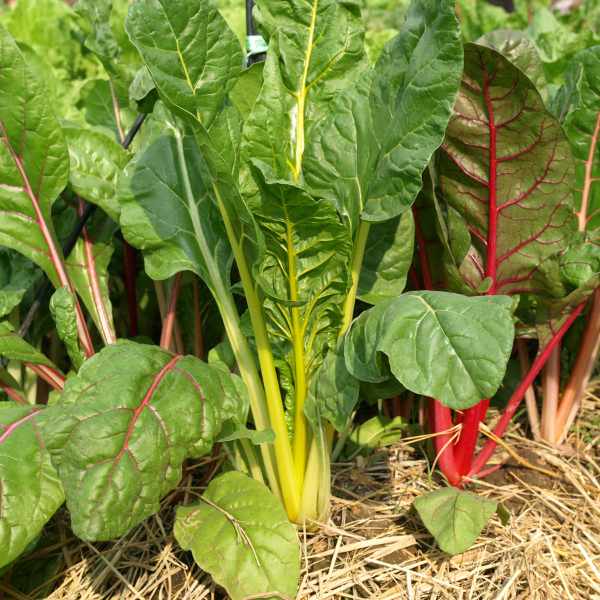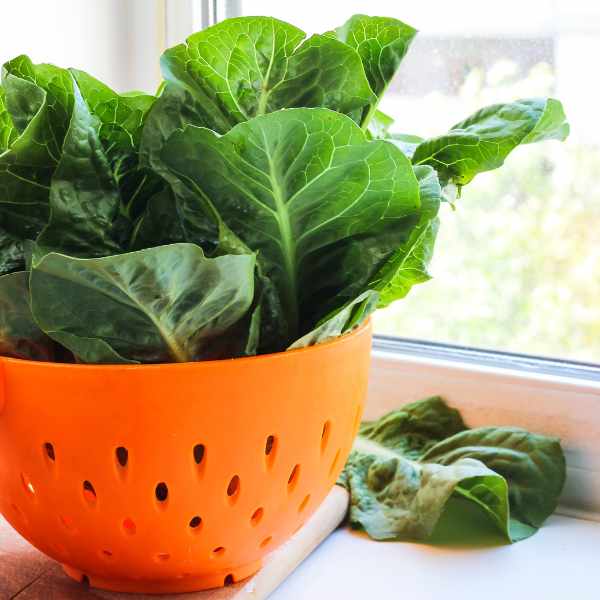Hamburg Rooted Parsley: A Culinary Treasure Unearthed

Let’s explore the often-overlooked Hamburg Rooted Parsley, a vegetable with a rich history and surprisingly versatile culinary applications. This isn’t your typical parsley; we’re focusing on the robust, flavourful root itself.
Its origins trace back to the Mediterranean, where ancient Greeks and Romans valued it both for its distinctive taste and purported medicinal properties. The name “parsley,” derived from the Greek “petroselinum” (with “petros” meaning “stone”), suggests its hardiness and ability to thrive in rocky environments – a testament to its resilience.
By the Middle Ages, its cultivation spread across Northern Europe, particularly Germany, earning it the “Hamburg” designation. The root became a valued ingredient, not just a garnish, taking a prominent place in regional cuisines.
While it enjoyed periods of widespread popularity through the Renaissance and beyond, its prominence eventually lessened with the rise of other root vegetables. However, it retained its place in traditional dishes and home cooking, particularly in Central Europe.
Today, this humble root is experiencing a well-deserved resurgence. Chefs and home cooks alike are rediscovering its unique flavour profile, a delightful blend of parsley and carrot, with hints of parsnip’s mild sweetness. This renewed interest is a testament to the timeless appeal of flavours that resonate across generations.
Cultivating Hamburg Root Parsley: A Gardener’s Perspective
Hamburg Rooted Parsley is relatively easy to grow, thriving in well-drained soil with ample sunlight or partial shade. Direct sowing of seeds in spring, once the soil is workable, is the preferred method. Treat it similarly to other root crops, ensuring consistent moisture while avoiding waterlogging which can lead to root rot. Harvest the mature roots in late autumn or winter.
Culinary Applications: Versatility in the Kitchen
Parsley roots are a pale creamy-white, like a parsnip, but less yellow, and are thin and slender like a carrot. They lack that woody part to their roots that large parsnips have, being tender all the way up like a carrot. They taste predominately of parsley, but also of celeriac and parsnip.
The versatility of this root is striking. Its flavour lends itself to diverse culinary applications. It can be enjoyed raw, adding a fresh, peppery bite to salads, or used in cooked dishes. Roasting, boiling, or stewing brings out its inherent flavour, complementing soups, stews, and casseroles beautifully. Even the leaves have their uses, adding a fresh parsley note to a variety of recipes.
Preservation Techniques: Maintaining Freshness
Proper storage is key to preserving the root’s quality and flavour. A cool, dry, and well-ventilated location is suitable for short-term storage (a few weeks). For longer preservation, refrigeration is recommended.
Nutritional Value:
Beyond its culinary merit, Hamburg Root Parsley offers significant nutritional benefits. It’s a low-calorie source of vitamins A, C, and K, alongside essential minerals like potassium. Its fibre content also contributes positively to digestive health. Its enduring presence in culinary traditions across centuries highlights its significant role in European cuisine.
Recipe Hamburg Rooted Parsley Soup:

Ingredients
- 1 cup of Hamburg parsley leaves, roots and stems (chopped)
- 3 cups of chicken stock
- cream (optional)
Method
- Place chopped up parsley and chicken stock in a saucepan and simmer for five minutes.
- Tip into a food processor and blend until smooth.
- Reheat and serve with a dollop of cream if desired.
- Garnish with parsley leaves and croutons






